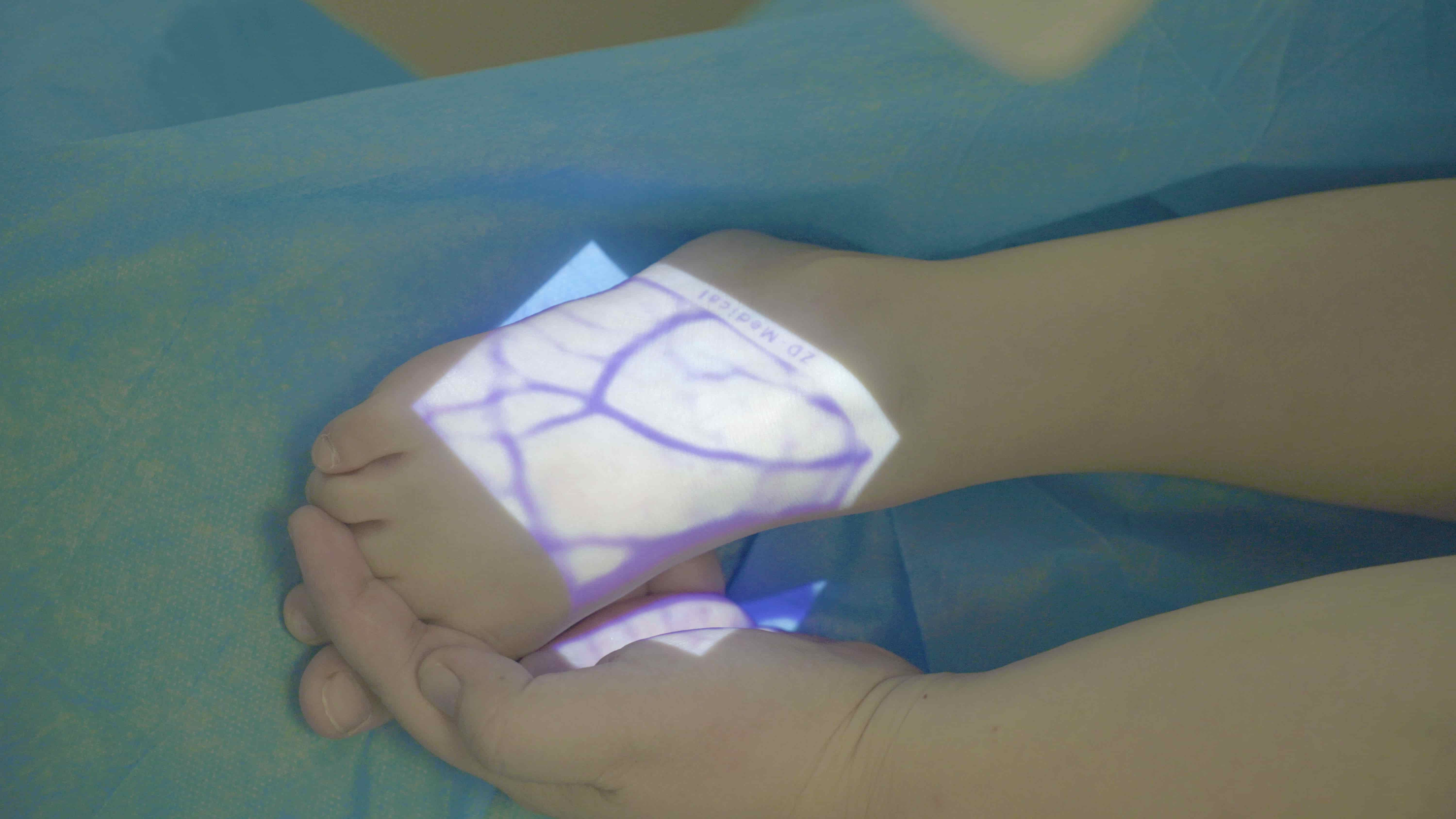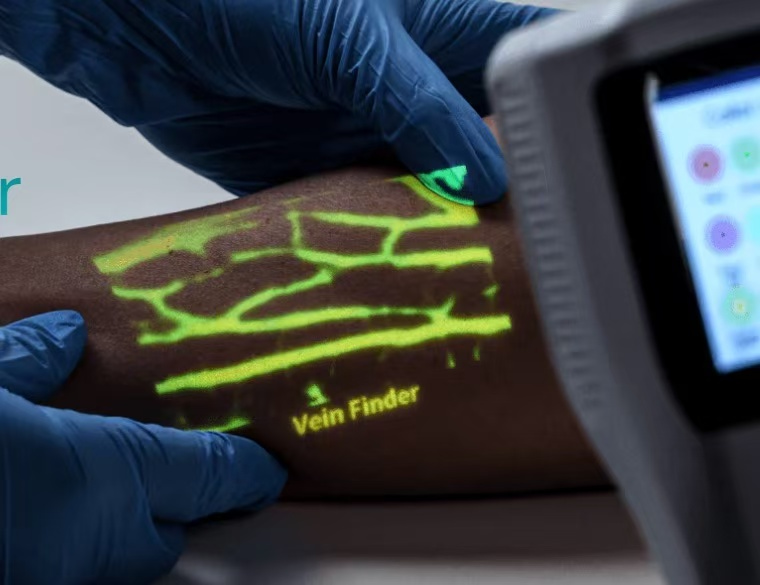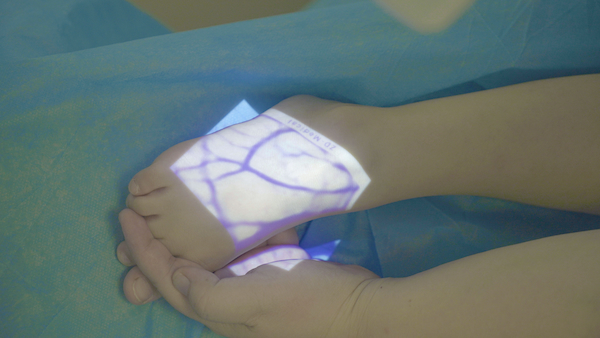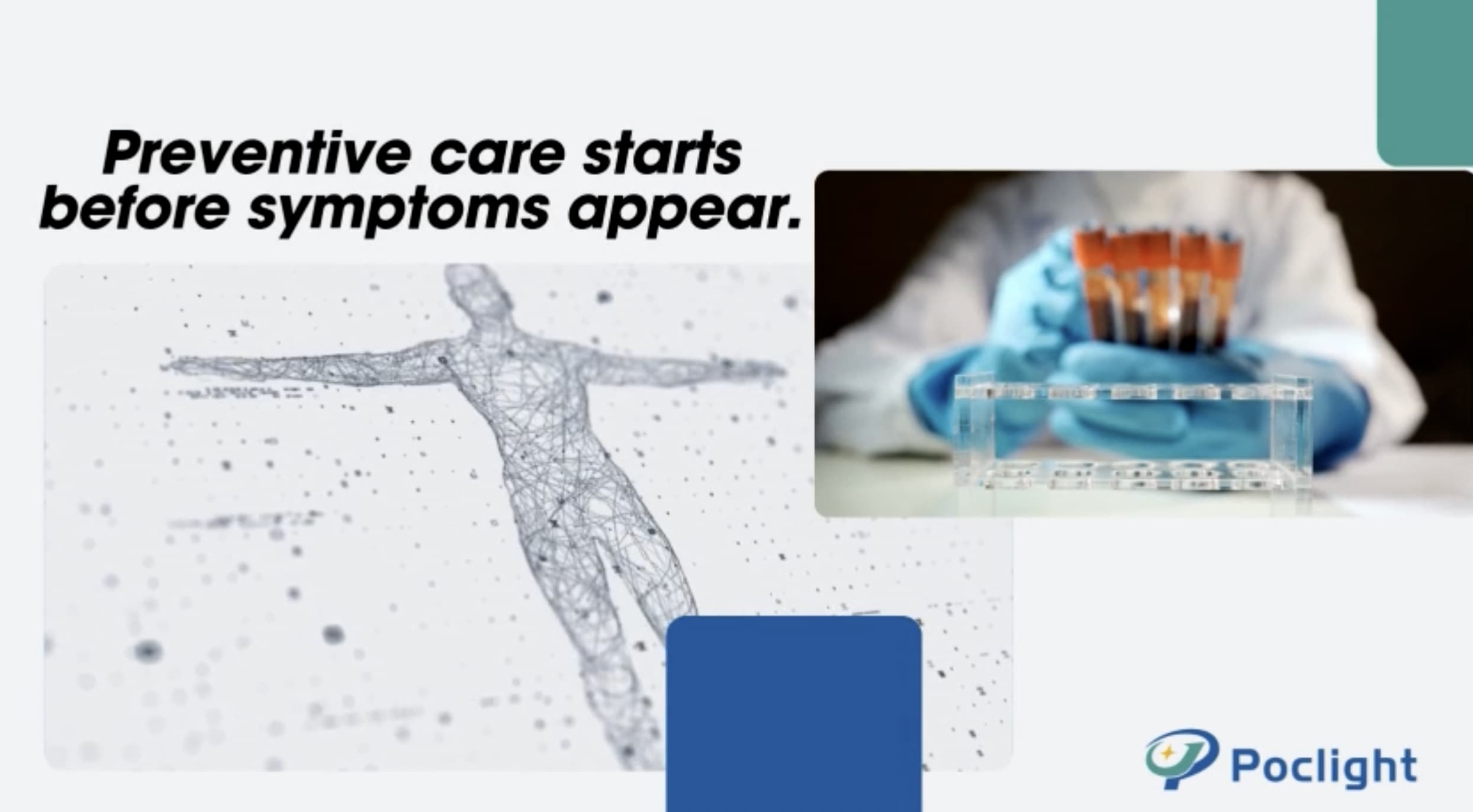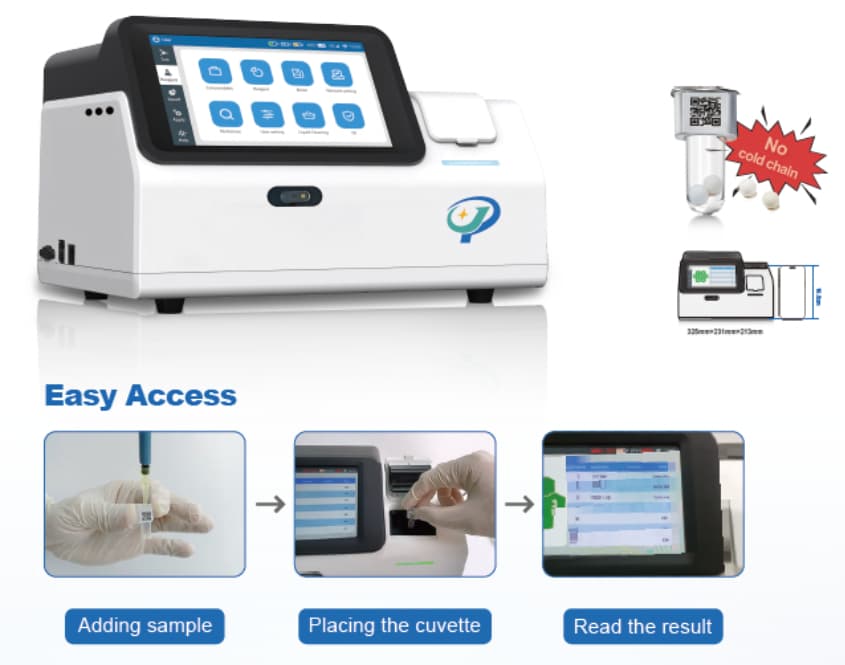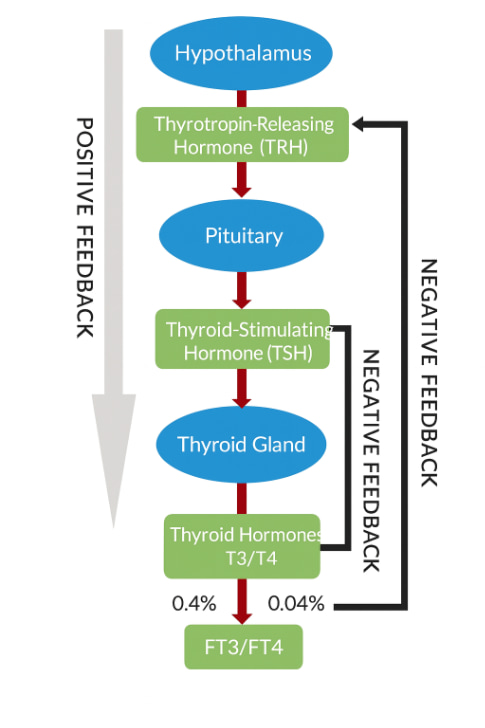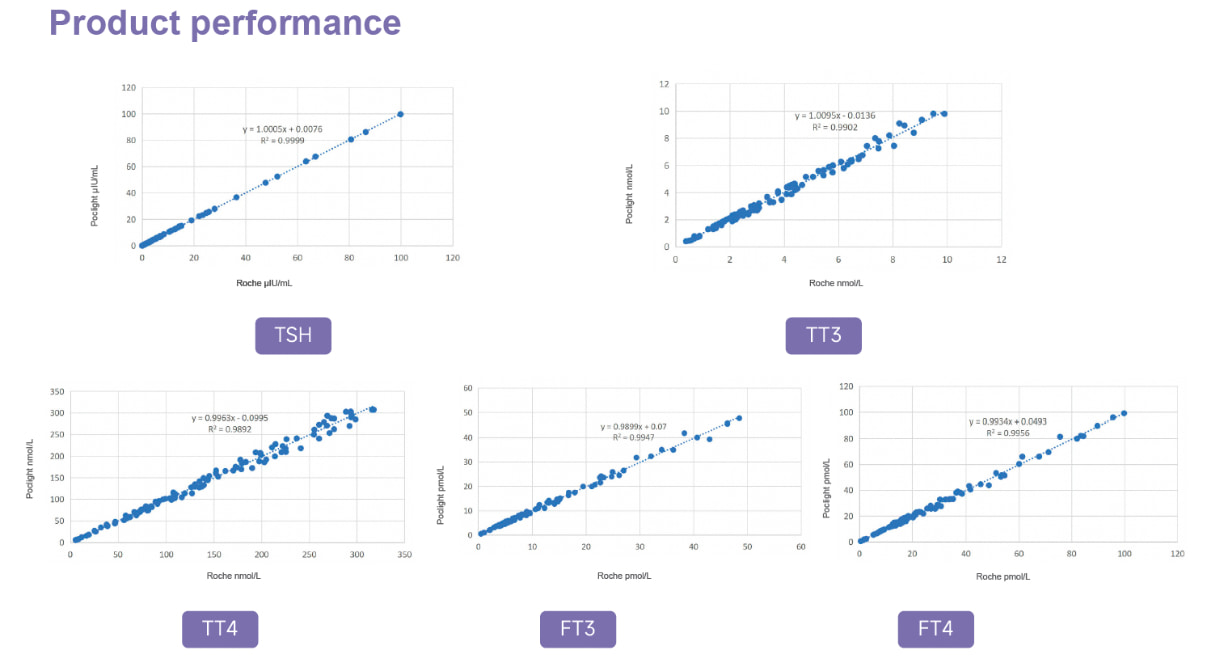Raising the Standard Innovation and Safety in AIC's Professional Biological Sample Shipping Packaging
In the context of the rapidly advancing global biopharmaceutical and precision medicine fields, the integrity and safe transit of biological samples are critical determinants of experimental and diagnostic success. AIC Biological Bags is establishing itself as a trusted partner for medical and research institutions through its in-depth R&D and strict quality control in the field of specialized transport packaging.
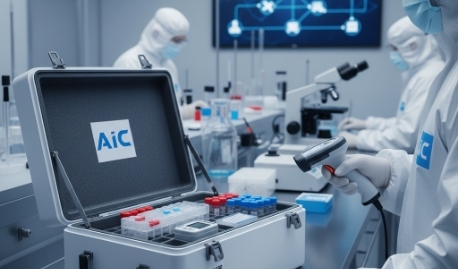
Our products are not ordinary packaging; they are exclusively designed for the shipment of high-value biological samples, diagnostic reagents, and cold chain items. They strictly adhere to international and industry regulations, ensuring the safety of samples at every step, from collection point to laboratory.
Specialization: Ensuring Sample Integrity and Compliance
The core advantage of AIC's biological sample transport packaging lies in its deep adherence to medical regulations and high-standard safety design:
Regulatory Compliance (UN 3373): Our packaging strictly complies with the requirements of the International Air Transport Association (IATA) and relevant national health regulatory bodies for the transport of Infectious Substances (e.g., UN 3373, Biological Substance, Category B), ensuring smooth and lawful global shipping.
Superior Leak Protection: Utilizing multi-layer construction and specialized sealing technology, our packaging offers exceptional leak-proof protection. This is crucial for preventing the potential spread of biohazards and safeguarding personnel and public safety.
Temperature Resistance and Durability: The packaging materials possess excellent temperature resistance, making them compatible with the low-temperature environments of cold chain logistics, and ensuring the packaging maintains structural stability against damage throughout complex logistics processes.
Driven by Innovation: Facing the Future of Biopharmaceutical Logistics
AIC continuously invests in innovation to address the challenges in biopharmaceutical logistics:
Customized Solutions: We offer packaging with customizable sizes, insulating layers, and indicators to meet the transport needs of various sample types (such as blood, urine, tissue, or cells) and different temperature control requirements (such as frozen, refrigerated, or ambient).
Traceability Support: The packaging design facilitates easy labeling and scanning to support logistics information traceability, which is an indispensable part of clinical trials and diagnostic procedures.
AIC: Your Reliable Pharmaceutical Logistics Partner
AIC Biological Sample Shipping Packaging is your professional tool for ensuring the safety of high-value biological assets. Choosing us means choosing safety, compliance, and reliability, allowing your research and medical teams to focus on core tasks without worrying about the risks of sample transport.


